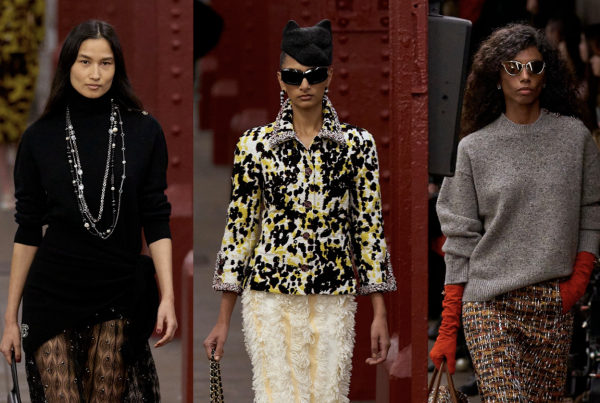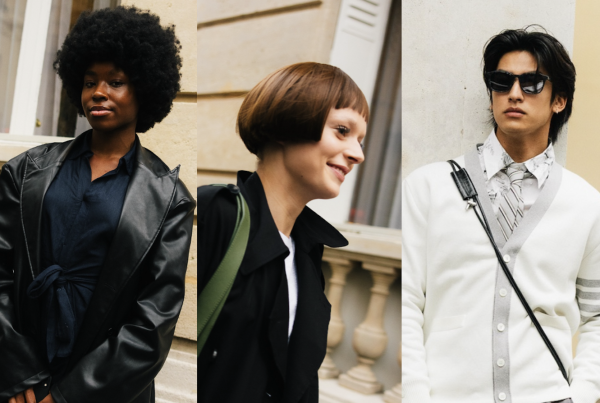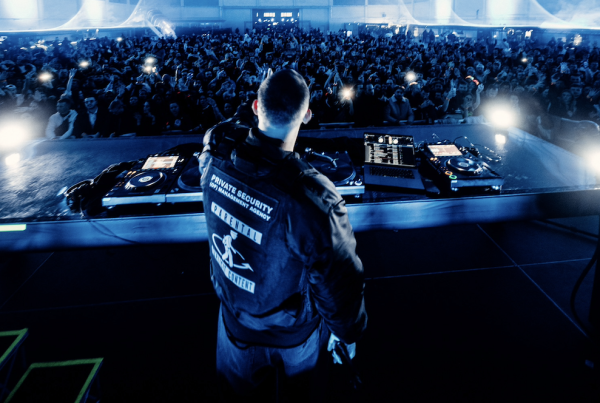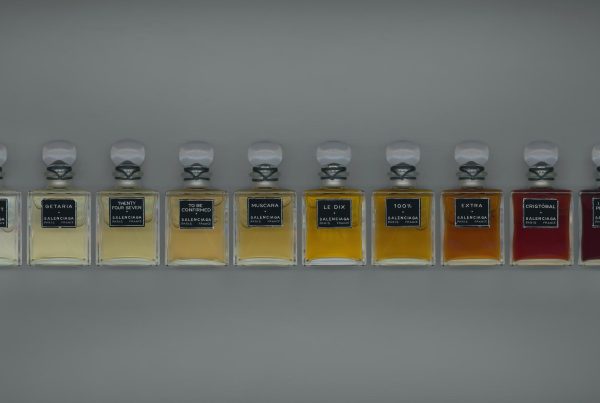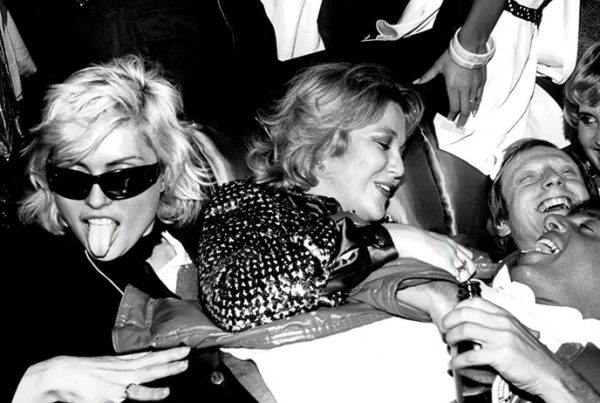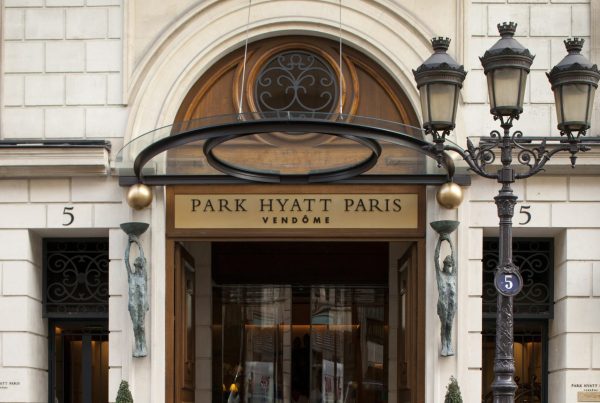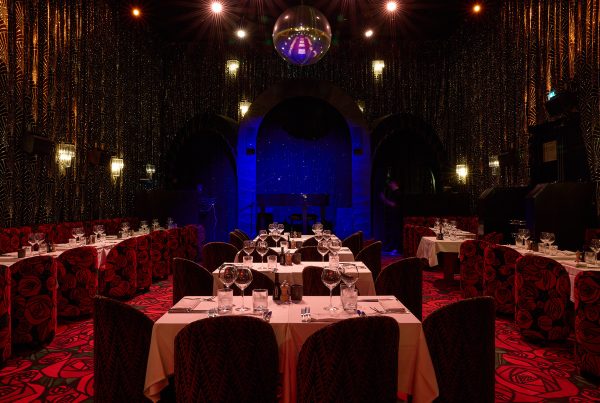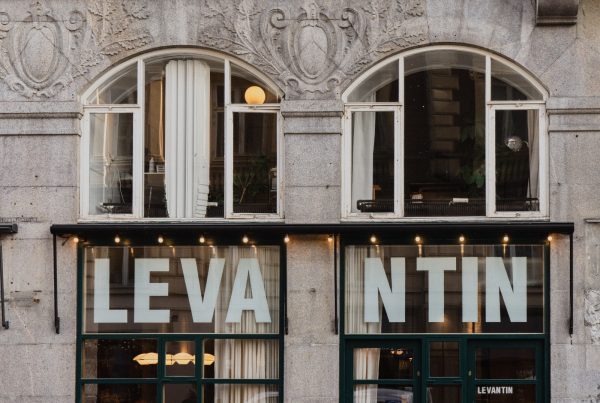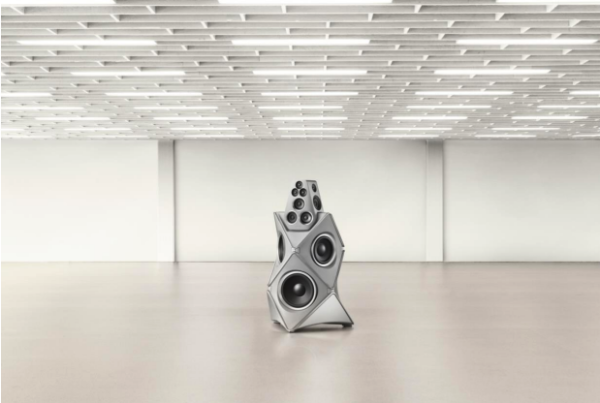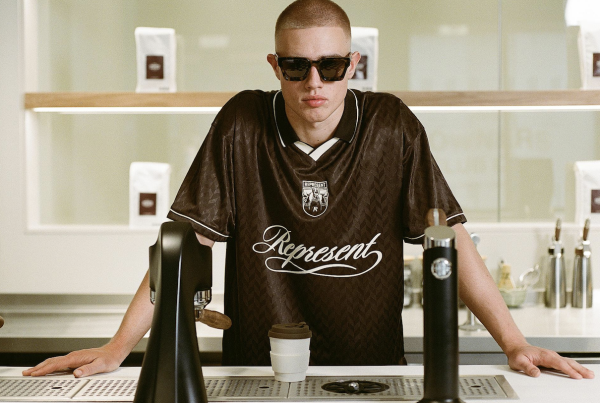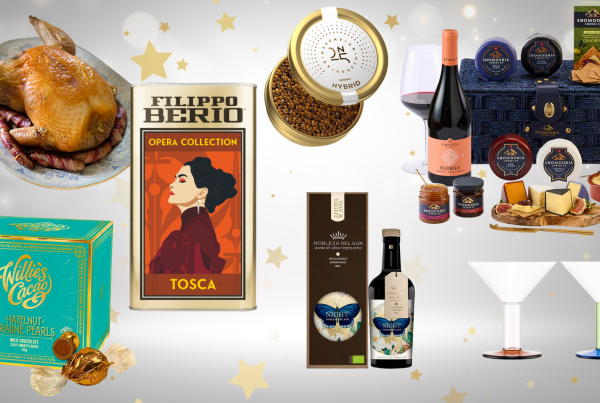
The creation of perfume is an intricate balance of art and science, where skilled perfumers transform raw materials into scents that can stir emotions and evoke memories. This process involves a deep understanding of the ingredients, meticulous extraction techniques, and a creative blending process. Understanding how these elements combine can enhance our appreciation of the fragrances we use daily.
Ingredients and Extractions
At the core of every perfume are its ingredients, which include essential oils, absolutes, and synthetic aroma chemicals. These components are painstakingly selected for their aromatic qualities and their ability to harmonize with one another. Essential oils, distilled mainly from plants, lend a perfume its distinctiveness, while absolutes offer richer notes obtained from delicate flowers through solvent extraction. Synthetics are used not just for mimicking natural smells but also for crafting entirely new aromatic profiles, thereby expanding the perfumer’s palette.
To capture these essential aromas, different methods are employed depending on the delicacy and type of material used. Steam distillation is frequently the method of choice for robust plant materials. Meanwhile, more sensitive floral scents are often extracted using solvents to produce absolutes, maintaining their complex aromas without degradation.
Blending Scents into Signature Fragrances
To discover more about how perfumes are crafted, consider exploring various perfume samples to try, each offering insights into the complexity of scent creation. The role of the perfumer, or ‘the nose’, is central in transforming these raw essences into captivating fragrances. This is where their expertise comes to the forefront, as they blend and balance different notes to construct the symphony of a scent.
Blending entails much more than combining elements; it involves creating harmony among top, middle, and base notes, ensuring that they unfold over time to reveal a dynamic olfactory journey. After the initial mixing, perfumes must age, allowing each note to meld seamlessly and mature, thus revealing the true character of the fragrance over time.
The perfumer’s creativity is not confined to individual scents but extends to crafting accords—distinctive blends that form the building blocks of the final product. These must not only be pleasant but must also resonate on a deeper emotional level, reflecting sophisticated olfactory craftsmanship.
The Lasting Impact of Perfumery
Perfumery is not just about the technical aspect of making a fragrance but also about creating an experience that becomes a significant part of personal identity and cultural heritage. Through their creations, perfumers strive to evoke feelings of joy, nostalgia, and passion. Each spray is a fine mist of artistry, capable of conjuring vivid memories and emotions.
All this effort culminates in what can be described as true masterpieces of olfactory art. The next time you apply your favorite scent, remember that it is not just a simple beauty product but a meticulous craft designed by artists who choose every note and nuance intentionally to capture primal feelings.
Perfume-making stands as a testament to human creativity and ingenuity – a discipline where artifice meets authenticity to create lasting impressions. It reminds us that behind every bottle, there is a history, a culture, and an artist at work, inviting us to perceive the world through a sensory mosaic bound by expertly crafted fragrances.




